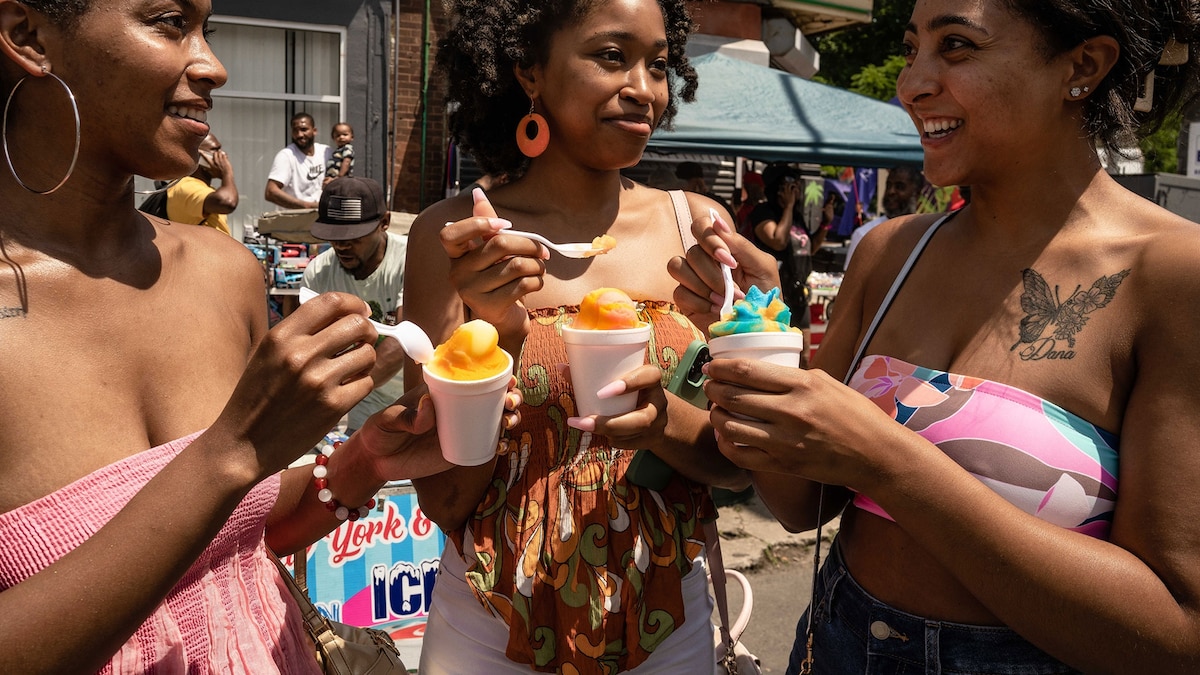Now Reading: Exploring the Symbolism of Traditional Juneteenth Foods
-
01
Exploring the Symbolism of Traditional Juneteenth Foods
Exploring the Symbolism of Traditional Juneteenth Foods

Quick Summary
- Juneteenth celebrations prominently feature soul food, rooted in African American culinary traditions. Common dishes include barbecue meats such as pork ribs, roasted chicken, and hot links.
- Barbecue gatherings are central to Juneteenth festivities,symbolizing family togetherness and fellowship.
- Red-colored foods like watermelon and strawberries are significant for their symbolism of resilience, freedom, bloodshed in the fight for emancipation, and spiritual connections to African heritage.
- Hibiscus tea is often served due to its roots in West Africa; enslaved Africans brought the plant during the transatlantic slave trade.
- Historically marginalized cuts of meat like chitlins were transformed into flavorful delicacies by enslaved peoples and remain a cultural staple today.
- Passing down unwritten family recipes is a valued tradition on Juneteenth; these culinary traditions emphasize community bonding over meals shared with loved ones.
Photo 1: An altar featuring symbolic foods like watermelon, strawberries, yams during a juneteenth Ritual of Remembrance (2017).
!16221422.jpg”>Image Description
Indian Opinion Analysis
The reverence for food as both sustenance and cultural memory resonates universally across societies that have experienced hardships or ancient injustices. In India’s context-where diverse cuisines hold deep ties with familial bonds-the emphasis on passing down unwritten recipes mirrors similar traditions seen during major Indian festivals such as Diwali or Eid.
Juneteenth’s symbolic use of red-colored foods bears parallels to regional Indian customs where colors signify emotional or spiritual themes tied to rituals (e.g., red being auspicious in Hindu festivals). It also underscores how minority communities worldwide adapt resources creatively under adversity into lasting cultural legacies.From an analytical perspective on socio-economic empowerment-as newly freed Black farmers turned crops like watermelon into opportunities-a lesson can be drawn for promoting lasting livelihoods among rural communities facing systemic challenges in India. This fosters resilience while preserving their heritage through entrepreneurial efforts grounded in agriculture.
Juneteenth’s focus on community gathering through shared meals ultimately highlights global values: celebrating freedom by uniting generations around tradition-a sentiment that transcends borders.

























